I have made a Chua's circuit that is nearly the same as the one in Kennedy 92(pdf). I don't have an oscilloscope yet, so I connect a DC voltmeter at the place where probes of oscilloscopes should be connected to. From my understanding, the current in the circuit should be alternating current, since the "double scroll" pattern is symmetrical about zero (it is a nonlinear oscillator).
The DC voltmeter only measures the average voltage over a short time period, something like 0.1 seconds. So it should show zero reading if it is connected to an alternating current.
However, when I actually do the experiment, no matter how I adjust the value of R(see diagram), the reading of the voltmeter across C1 never gets to zero. I know that for some values of R, the p.d. across C1 is not alternating. But for the double scroll to appear, average p.d. should be zero.

However, for values of R less than 1000 Ohms, the p.d. across C1 is quite small (about 0.2V)
Does that indicate that there are something wrong in the circuit, or is my understanding above wrong?
Or are the information above insufficient to draw any conclusion?
